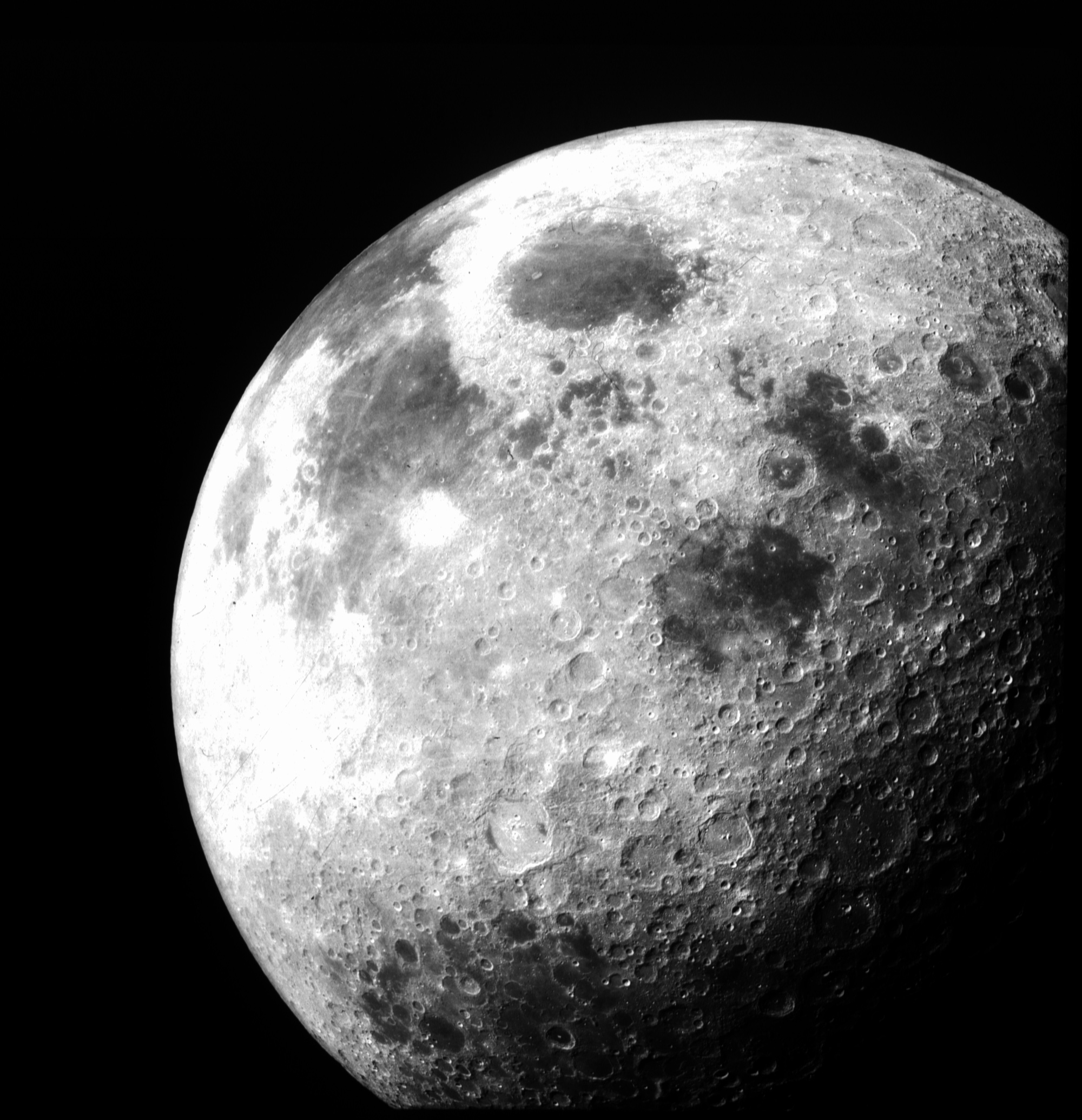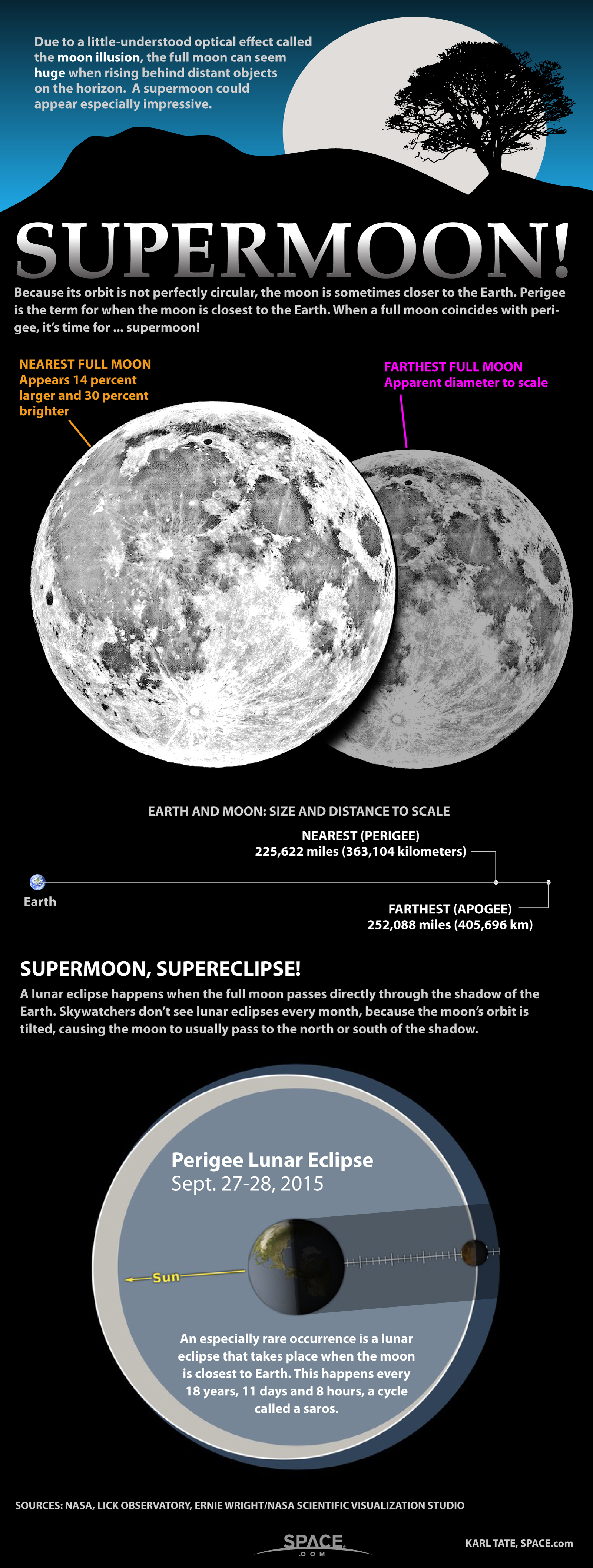Black Moon, Blood Moon, Blue Moon: What's With All These Weird Moon Names?

Black Moon, Blue Moon, blood moon, supermoon — what's the difference between all these moon types? We have a quick guide below to help you distinguish moon from moon.
Bear in mind that, in most cases, the nicknames given to different moon events do not have large astronomical significance. In most cases, the names refer to some connection between the position or phase of the moon and the Gregorian calendar.
"I emphasize [that] these are not science terms at all; they are not used by astronomers," Bob Berman, an astronomer for the space broadcasting service Slooh, said in an interview with Space.com. He said most of these terms are less than two decades old and are used primarily by the general public. [Black Moon 2016: What It Is & Why You Can't See It]
Black Moon
A Black Moon has multiple meanings. One commonly used definition is the second new moon in a month. The moon goes through several phases that skywatchers can see from Earth. During a full moon, the entire disc is visible. During a new moon, none of the disc is visible because the far side of the moon is lit by the sun, leaving the Earth-facing side in shadow.
According to Space.com skywatching columnist Joe Rao, Black Moons (under this definition) occur about every 32 months. The next Black Moon in North America will be Friday, Sept. 30.
Berman added that there are other definitions of a Black Moon. One refers to a situation in which there are no new moons in an entire month. This is only possible during the month of February, which normally has 28 days. Because a lunar cycle is 29.5 days, it's possible for February to miss either a full moon or a new moon.
An even lesser-known definition for the Black Moon is the third new moon in a season of four moons. Berman said he is not sure where this definition originated.
Breaking space news, the latest updates on rocket launches, skywatching events and more!
Blue Moon
A Blue Moon does not refer to the color of the moon, as one might expect. Instead, it usually refers to the second full moon in a month. The last Blue Moon occurred on May 21, 2016, and the next one is on Jan. 31, 2018.
Sometimes, the third full moon in a season is also called a Blue Moon, which may be a partial explanation for one of the definitions of the Black Moon, Berman said. The term "Blue Moon" originated in the 1940s but didn't become widely used until a few decades ago, he said.
Blood moon
The so-called blood moon happens during a total lunar eclipse. At that time, the Earth passes in between the sun and the moon, and blocks the sun's light from falling directly onto the moon. Instead, the moon receives a little light from the edges of Earth's atmosphere, which turns the light (and the moon's surface) red. Skywatchers who have witnessed a total lunar eclipse will understand why it is called the blood moon.
Supermoon
A so-called supermoon occurs when the moon is full and at its closest point to Earth. Although this increased proximity makes the moon appear slightly larger in the sky, the change is so slight that most skywatchers won't notice the difference. On Nov. 14, 2016, the supermoon will be extra-special, according to Rao.
"The moon will turn full at 8:52 a.m. EST (1352 GMT), just 2.4 hours after it comes within just 221,541 miles (356,536 km) of the planet," Rao wrote in an article for Space.com, noting the moon's average distance from Earth is 238,900 miles, or 384,470 km.
"The last time the moon came this close was on Jan. 26, 1948," he added. "Expect a large range in ocean tides (exceptionally low to exceptionally high) for the next few days."
Other moon names
Various cultures also attribute different names to the full moons of every month. For example, Native American tribes and other groups of people in the Northern Hemisphere named the November full moon the Beaver Moon and the Frosty Moon, both of which refer to the local wildlife and changing seasons. To see a full list from 2016, consult this article by Rao.
Follow Elizabeth Howell @howellspace, or Space.com @Spacedotcom. We're also on Facebook and Google+. Original article on Space.com.

Elizabeth Howell (she/her), Ph.D., was a staff writer in the spaceflight channel between 2022 and 2024 specializing in Canadian space news. She was contributing writer for Space.com for 10 years from 2012 to 2024. Elizabeth's reporting includes multiple exclusives with the White House, leading world coverage about a lost-and-found space tomato on the International Space Station, witnessing five human spaceflight launches on two continents, flying parabolic, working inside a spacesuit, and participating in a simulated Mars mission. Her latest book, "Why Am I Taller?" (ECW Press, 2022) is co-written with astronaut Dave Williams.
![Thought to be called "blue" after an old english term meaning "betrayer," a Blue Moon is an extra full moon that occurs due to a quirk of the calendar. [See the full Blue Moon Infographic here.]](https://cdn.mos.cms.futurecdn.net/HHbm7kUWUR8zaAccXs7kqg.jpg)

